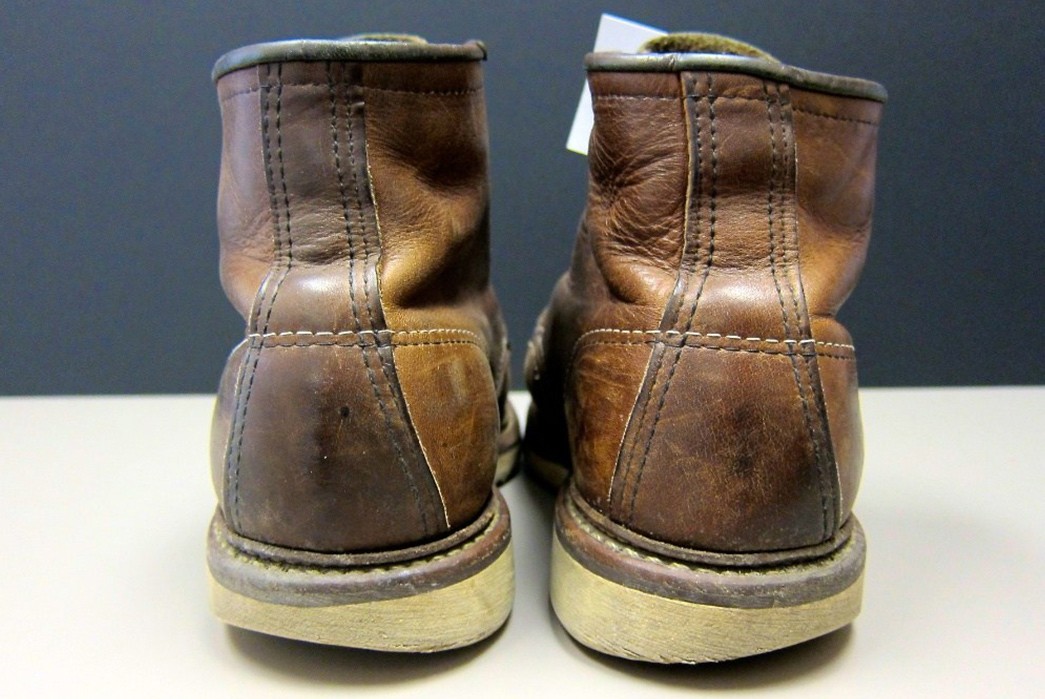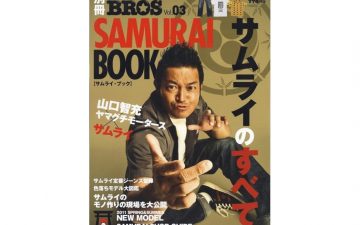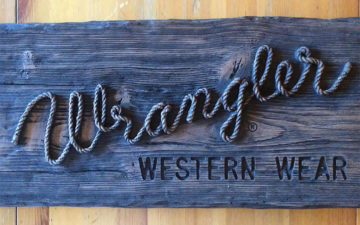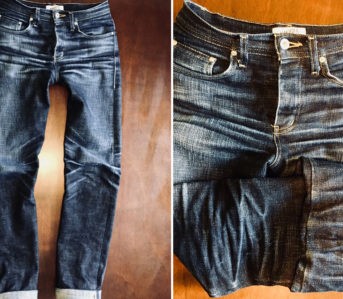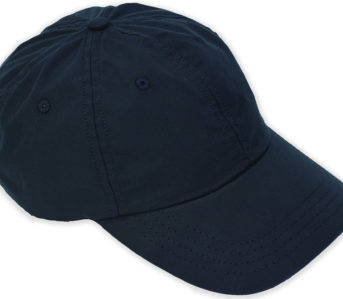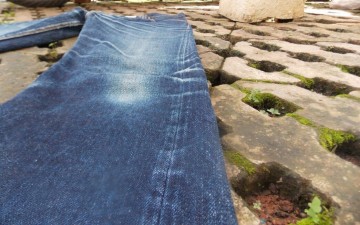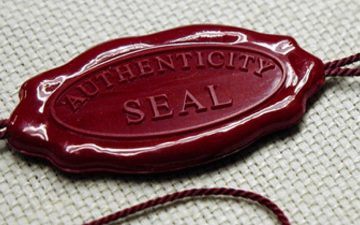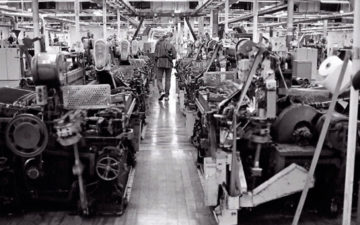I’m sure there was a time in your life when you thought spending over $200 on a pair of jeans was absurd (it might even be right now). To most people, it goes against all rationality to grapple with sizing charts, break-in pains, and the occasional foreign proxy to spend at least five times more money on a pair of raw denim rather than on jeans readily available at the mall.
I used to be of that mindset. Yet today, I would see pretty much any purchase at the mall as throwing my money away. The reason why is tied to a concept called “Cost Per Wear”, and should be the first number you consider when eyeing a potential purchase.
What is Cost Per Wear?
Cost Per Wear (CPW) is a simple idea: the value of an item is directly related to how much you use it.
Think of everything you own (or could own) less as static objects and instead as things you can get use out of. If you buy a shirt for $100 and wear it once, that one wear cost you $100; if you wear it again, each wear now cost $50; a hundred times and each wear is $1, and so on.
You can calculate CPW on any item by taking the its price plus the cost of maintenance and dividing that by the total number of times it was used.
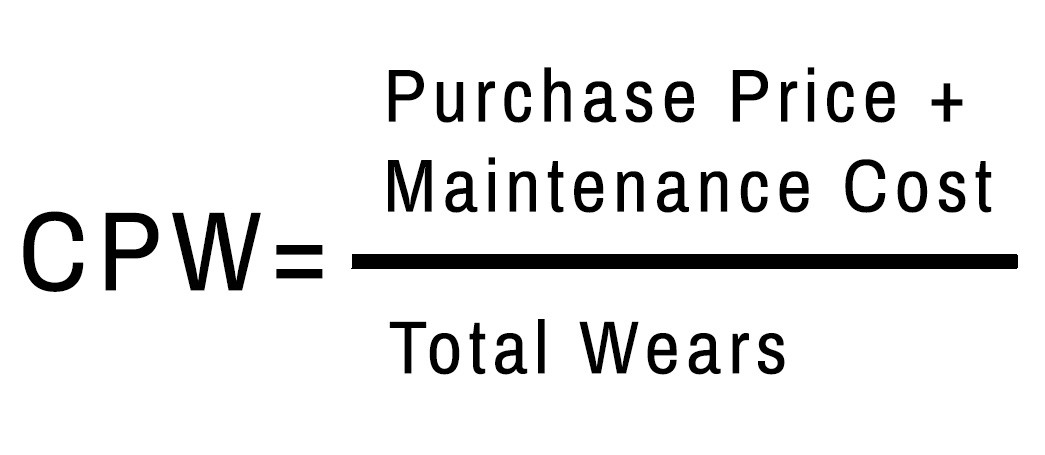
Say you buy a pair of boots for $200 and wear them 300 times, spend $100 to have them resoled, and wear them 300 more. Your total cost is $300 and total number of wears is 600, which means it cost you 50 cents every time you laced them up. Compare that to a pair of sneakers that costs $100, but you bust through the sole after 150 wears–that’s 66 cents a pop. Even though the boots cost three times as much as the sneakers, they delivered four times the utility and were thus “cheaper” in the long run.
I experienced this first hand when I started getting into raw denim. I used to have an annual ritual where every September, I would go to the mall and buy four pairs of pre-washed/distressed mainline Levi’s. At $60 each, these jeans were significantly cheaper than anything selvedge, but my four pairs added up to a real cost of $240. I would wear each pair about 80 times before they would either be busted, donated, or find their way to the back of my closet in the wake of the new yearly crop. The cost per wear for me was about 75 cents.

My (phone faded) 3sixteen SL-100x jeans well on their way to reducing their CPW.
One year, I decided to take the plunge on one good pair instead, specifically a pair of 3sixteen SL-100s. They were $215 (somehow they’re still $215). It seemed quite steep to me at the time, but that was when I was burning through four jeans a year. I wore my SLs nearly everyday for a year, then when the crotch blew out I had them repaired and kept wearing them for another. I still wear them occasionally. I have at least 400 wears on that pair of jeans, which, adding in the $30 cost of repair, equates to about 61 cents per wear.
My “expensive” jeans ended up being about 20 percent cheaper than the “cheap” ones. The 3sixteens also retain a significant portion of their value even when worn. I could still sell my pair for at least $50 on Grailed or eBay and further reduce my CPW, whereas I’ve never been offered more than four bucks for a pair of mainline Levi’s at any consignment shop (looking at you Buffalo Exchange).
The Cost Per Wear Mindset
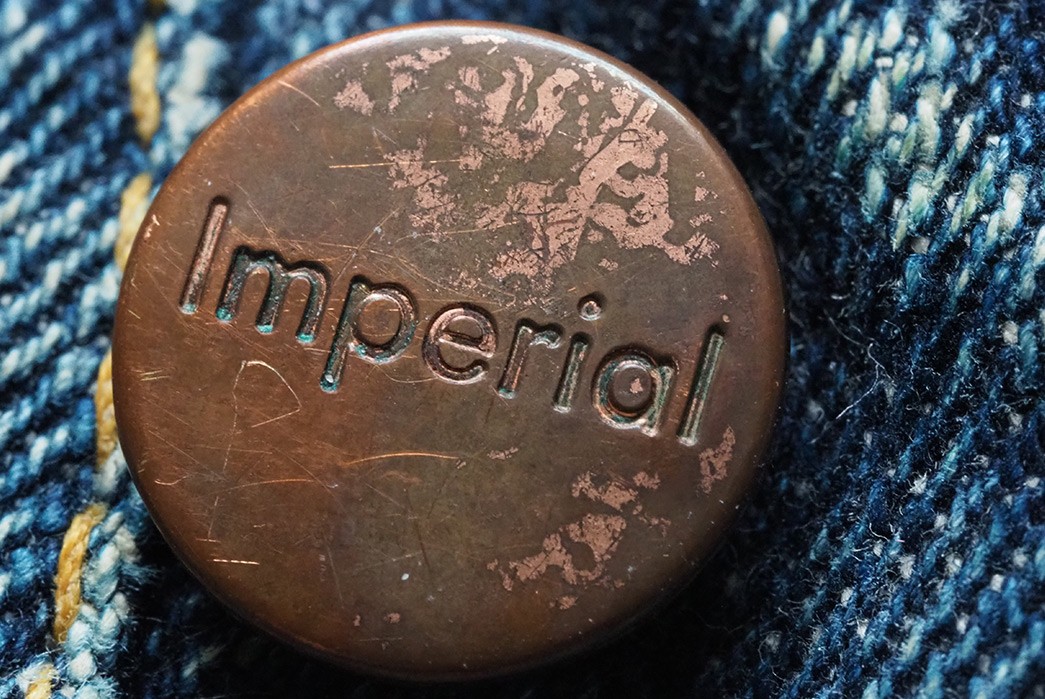
Durability is certainly a factor in CPW, but most people get bored of their clothing and get rid of it long before it’s broken. To get the most out of CPW, you have to really love and enjoy the things you own to the degree that you prefer your used item over the prospect of a new one.
Both of the examples above involve repairs to keep the item in question alive longer. I could have repaired my mall Levi’s, but I didn’t care enough about them to try (also there’s not much of a value prop in spending $30 to repair a $50 item). But I would choose my used pair of 3sixteens any day of the week over a new one, and keep repairing them over and over and over until they’re totally broken.
There’s no surefire way to develop this baby-bird like imprint with your clothing, but there are a few guiding ideas that should get you on the right path.
Buy Quality Expensive Things
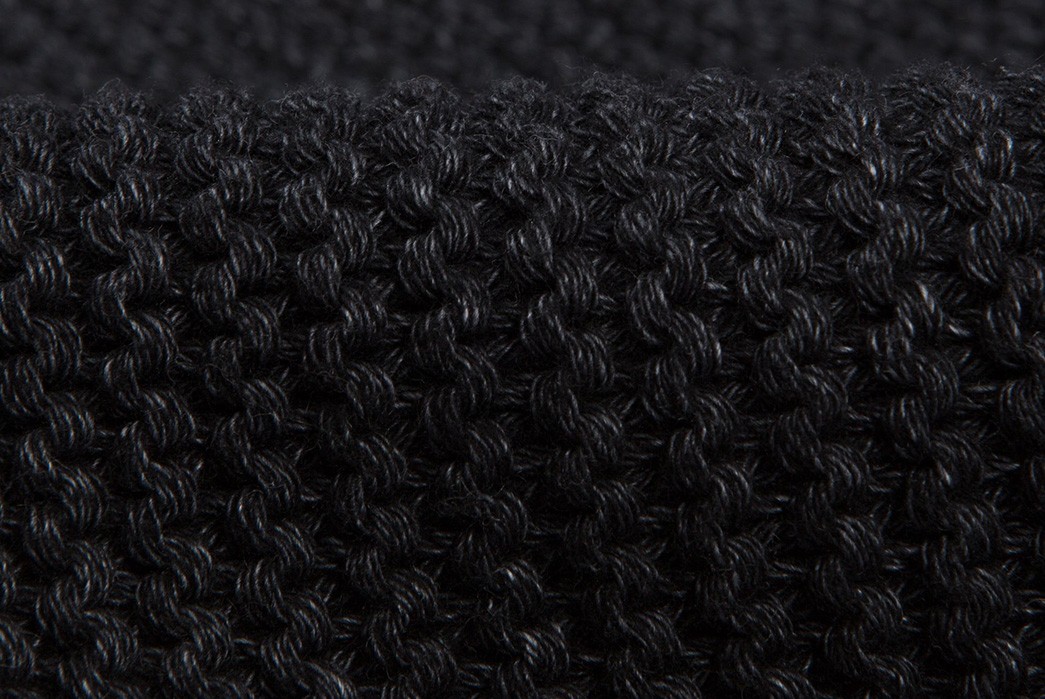
A Real McCoy’s cardigan runs in the $500 range, so if a button pops off I am surely finding a way to put it back on rather than finding a new one. Image via Standard & Strange.
The first, counterintuitively, is a high purchase price. This is not to say you should rush out and buy $700 socks, but invest in quality items that often have a higher price tag than the majority of what’s on the market. Most mall clothing is so cheap it’s disposable–it’s cheaper to buy a new one than it is to have it repaired. But if something is expensive, you’re going to treat it much more dearly because the thing itself is that much more of a monetary investment. You’ll also be more likely to repair and maintain it because that’s significantly cheaper than replacing it.
And as mentioned above, expensive things often hold their value better than their cheaper counterparts so you’ll also be more likely to get at least some of your initial investment back should you decide to part ways. If there is a critique of this type of purchasing, it’s that even though it’s ultimately cheaper, the high cost of entry can make it prohibitively expensive for many to participate. But buying a new jacket or piece of luggage (and all of the environmental, ethical, and maintenance responsibilities that come with them) should be a thoughtful and considered decision and high sticker prices are one of the best ways to prevent impulse purchases.
Buy Things That Require Breaking In
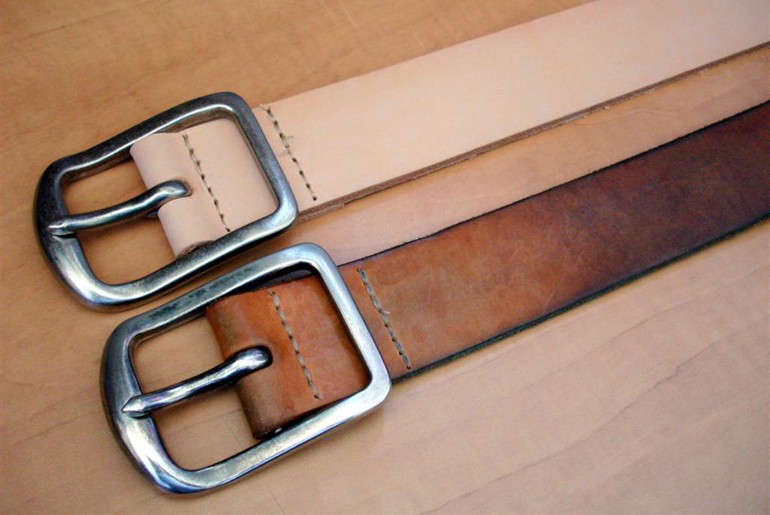
Naked and Famous Natural Leather Belts; unworn on top, aged on bottom. Image via Blue Owl Workshop.
Whether it’s a pair of jeans, boots, or a frying pan, some things force you to endure an initial phase of unpleasantness before they hit their stride. That unpleasantness, however, will make you less likely to buy a new one because you’d have to do it all over again before it functioned as well as the one you already have. That break-in hazing also usually means an item will continue to age gracefully like denim fades or leather patina to give you something that’s subjectively more beautiful at the end of its life than brand new.
If you’re looking for examples, the Fades section of our website is full almost exclusively of things that were broken in and broken down and grew into something completely new compared to their condition at purchase.
Buy Things That Can Be Repaired
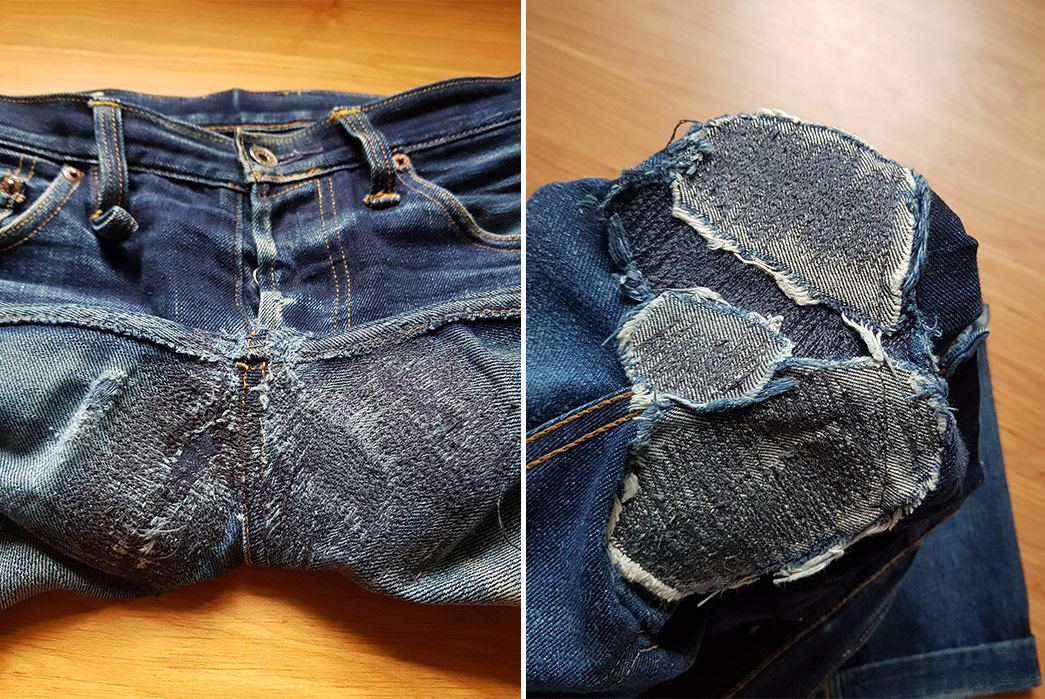
A pair of Sage Marcher jeans repaired extensively over the course of two years.
If you’re able to repair something, its much more likely to last. That’s fairly straightforward, but some things are much easier to repair than others. Nearly any garment made out of natural fibers (cotton, wool, linen, etc.) can be repaired at home or at a local tailor with needle, thread, and a bad movie on cable. Synthetic materials, however, often require more sophisticated fixes that are only available from the manufacturer, if they can even be fixed at all. So even though something made of nylon might start off more durable, its lifespan is limited because it can’t be repaired as easily by the end user when it eventually does break.
Some items are even specifically designed to be unrepairable so you have to buy another. Whenever you make a new purchase, consider first if it can be repaired: could this pair of pants be darned or patched? Could the lenses in these sunglasses be replaced if they scratch or crack? Could this shoe be resoled? Could the surface of this desk be refinished?
And aside from the basic concept of “repairable things last longer”, the simple act of caring for something can often bring us and our stuff closer together. Whether it’s polishing your boots, sewing up a hole in your jeans, or changing out the chain on a bicycle, taking care of our stuff brings us closer to it. In electronics, this is called the “Tamagotchi Effect” in reference to the fad digital pets of the 90s. Many grew close to their pixel pets because they had to press a button to feed them and keep them alive not in spite of it. The same can be true of everything else we own. When we take care of our things as much as they take care of us, we want them to succeed.
These factors don’t guarantee that whatever you buy will stay with you for years and years, but they should be more helpful than not.
What Are Your Most and Least Expensive CPW Items?
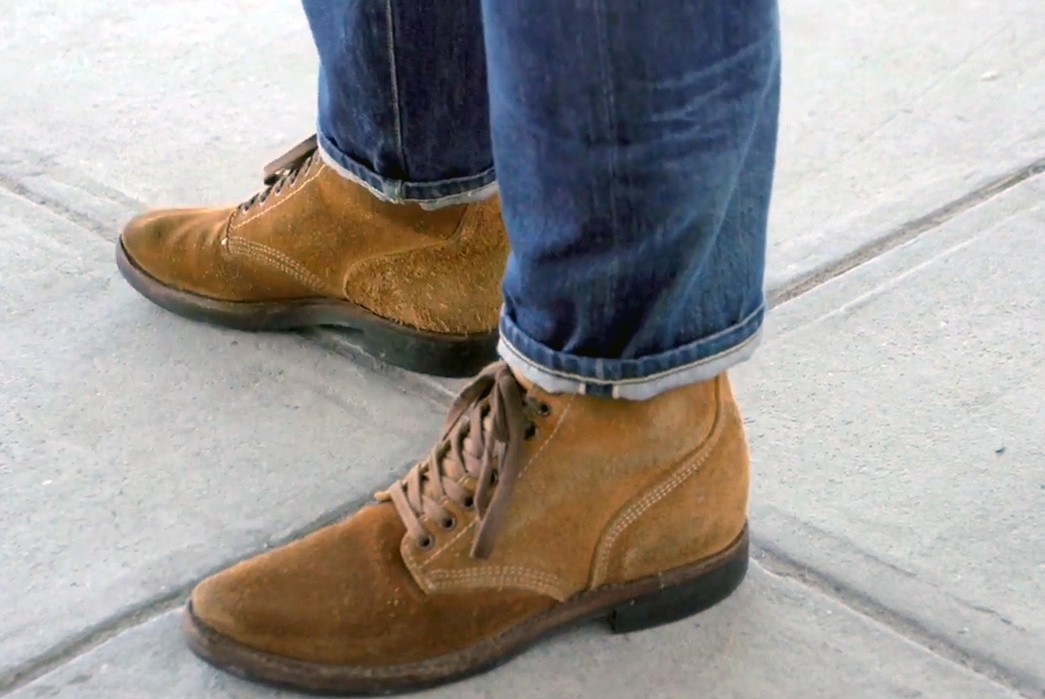
My WWII Impressions Boondockers. Image via Denim Dudes/Kingpins Media.
For me, the cheapest CPW item I own is a pair of roughout Boondocker boots from WWII Impressions. I bought them for $160 in March of 2012 (they’re $260 now) and I’ve worn them at least twice a week for the past six years–no resoles, no maintenance. That’s over 600 wears at a cost of about a quarter each. That’s me wearing them above in a video for Amy Leverton’s Denim Shorts series.
My most expensive is a tuxedo I bought at J.Crew. I had a black tie event a few years ago and thought it made more sense to spend $600 on one I could wear many times rather than $180 on a single rental. I have only worn it once and I had it dry cleaned afterwards, so its CPW is $600. Please invite me to your next gala.
(What are your best and worst purchases from a CPW perspective? Let us know in the comments!)
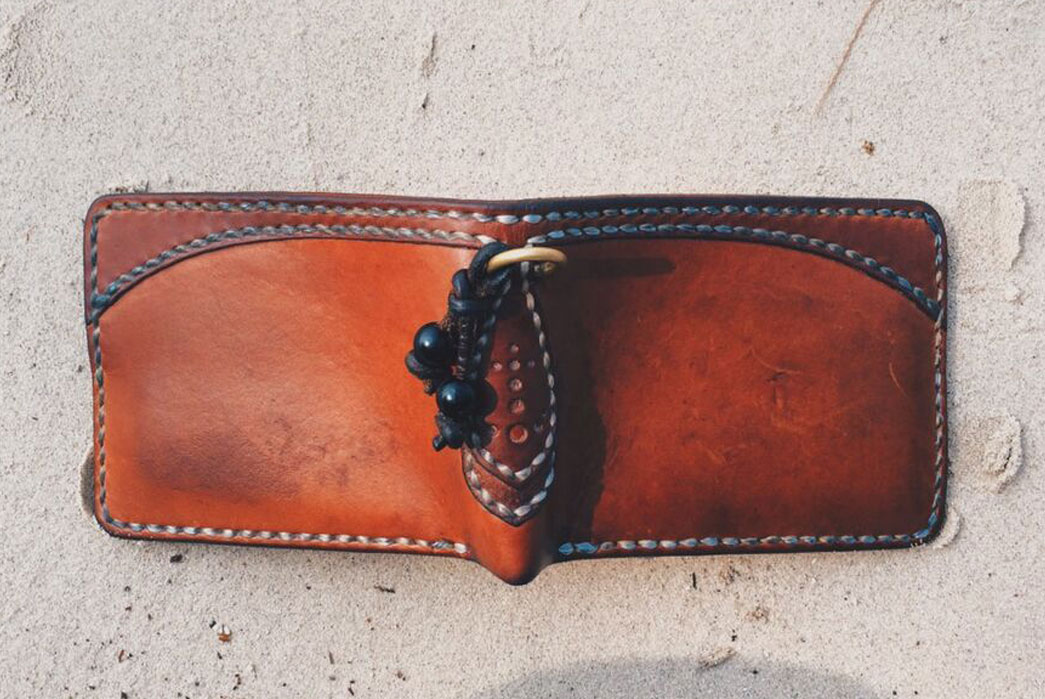
A well patina-ed Voyej Pine Wood wallet.
This is not to say everyone should radically change the way they use their stuff like those hyper-miler freaks who squeeze 100mpg out of their Hondas, but be more conscious of the things we choose to buy and more intentional with how we use them.
The idea of Cost Per Wear can lend a new mindset to the cost of the things we own. Not to mention the environmental benefits of reduced consumption, operating this way should lead to a cheaper lifestyle overall that has you spending less time shopping and with a greater enjoyment of the things you already have.

